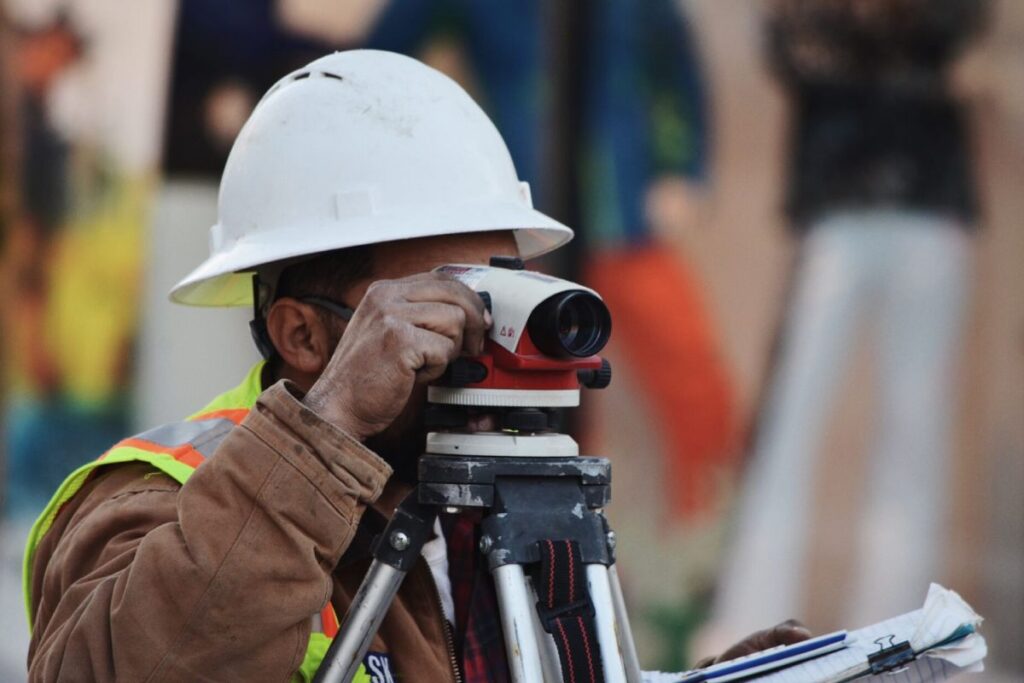Preconstruction Basics (and the critical secret most people don’t know)

The preconstruction phase can make or break your project.
Why? Because preconstruction is the only time during the project lifecycle when you can make changes to the design, timeline, or budget relatively quickly and with little to no cost.
This article will review the basics of a successful preconstruction phase and uncover the hidden secret to determine your project’s success or failure.
Here’s what we cover:
- What happens during the preconstruction phase?
- What’s included in the preconstruction phase?
- Who is included in the preconstruction process?
- What are the common mistakes during preconstruction?
- What are the risks?
- The hidden secret to preconstruction success
- Communication best practices
- Successful preconstruction ensures successful project delivery
What happens during the preconstruction phase?
Preconstruction is the first critical step in the construction process.
Precon is where the owner, design, and project delivery teams make the critical decisions that ultimately shape how the entire project is planned, designed, and constructed.
What’s included in the preconstruction phase?
Preconstruction includes,
- Defining the project charter, goals, and objectives,
- Engineering and design,
- Feasibility studies to forecast the project’s success,
- Establishing the scope of work,
- Developing a timeline and budget,
- Defining the project delivery method,
- Securing material and human resources,
- Launching the project management team,
- Choosing vendors and negotiating contracts,
- Sharing a common project management platform,
- Creating a risk and change management plan, and
- Defining the rules of communication.
Successful projects require months and even years of planning and analysis, but that’s how it should be.
Accidents and errors are costly in construction. And the earlier these issues can be identified and corrected, the better it is for everyone involved in the project.

Who is included in the preconstruction process?
The preconstruction process involves a variety of stakeholders.
The project owner, legal counsel, architects and engineers, general contractors, subcontractors, specialty contractors, vendors, suppliers, and consultants contribute to the preconstruction phase.
Each stakeholder brings unique experience, expertise, and insights to the team, and when they all work together, great things can happen.
However, it is essential to remember that stakeholders have different perspectives and motivations and may have different agendas.
It’s up to the project manager to ensure that all stakeholders work together instead of against each other.
The project manager must create the right team environment to better navigate the different personalities, motivations, and agendas and coordinate the various teams working together during preconstruction and the project delivery phase.
What are the common mistakes during preconstruction?
The most common mistake during preconstruction is underestimating the time and resources required for a thorough and effective process.
Other common mistakes include not scheduling regular team meetings, skipping critical steps, not planning for contingencies, not communicating effectively, and not including key stakeholders in the decision-making process.
What are the risks?
Construction projects are complex and risky for everyone on the team.
Some of the risks construction teams should consider are,
- Cost overruns,
- Weather delays,
- Political interference,
- Changes in regulations,
- Material price increases
- Permitting delays,
- Unforeseen conditions,
- Material and labor shortages,
- Design errors and omissions,
- Ambiguous specifications
- Poor communication, and
- Costly change orders.
And the more stakeholders involved and the higher the project’s value, the more complex and riskier the project is.
Additionally, many construction projects take many years to complete and face numerous challenges along the way.
It’s not uncommon for conflict and contentious relationships to emerge while project stakeholders battle against the clock and extenuating circumstances to maintain their contractual commitments.
The hidden secret to preconstruction success
Now, here’s the hidden secret to a successful project, and it all starts in preconstruction – communication.
Communication is the key to overcoming challenges in any relationship, and the construction process is nothing if not relationship-based.
Projects often fail because stakeholders don’t communicate effectively.
As a result, misunderstandings arise, and stakeholders make assumptions, withhold information, or make poor decisions in good faith that can jeopardize mutual project success.
But project managers who recognize these risks can often mitigate them through effective communication.
Communication best practices
Maintaining positive and productive relationships is difficult, especially when so much is at stake.
Here are some best practices for ensuring effective communication:
Establish a common communication channel
Stakeholders need open lines of communication with different project team members to address their questions, needs, ideas, and concerns.
Project management software provides collaborative workspaces, chat features, RFI management, and contextual information sharing to support successful communication between every stakeholder on the project team.
Permission-based access gives stakeholders the confidential connections they need to stay in touch when it matters most.
Schedule regular team meetings
Regular team meetings, check-ins, and toolbox talks are great opportunities to build the trust needed for effective communication.
Regular in-person or virtual meetings allow project team members to ask questions, share their thoughts, discuss potential safety risks, and resolve misunderstandings before they become problems.
Quickly communicate decisions
Details change fast on a construction project— even in preconstruction.
And critical decisions, such as addenda and RFI responses, have substantial consequences on the project schedule and budget.
Keep project stakeholders in the loop with automatic updates, alerts, and notifications when changes occur so everyone stays in sync.
Central document storage
Make real-time information available to all stakeholders by creating and sharing a central document repository.
These documents should be readily available to all stakeholders and updated regularly as the project progresses.
The document repository should include plan sheets, drawings, contracts, specifications, project communications, addenda, RFIs, RFI responses, and other documents.
Regular reporting and status updates
Project status reports providing stakeholders with up-to-date project information, allowing them to stay current on every aspect of the preconstruction process, from budget and schedule to risk management and safety concerns.
Regular reporting lets stakeholders know about changes, delays, progress, and their roles and responsibilities on the project.
Successful preconstruction ensures successful project delivery
Preconstruction is the critical first step in any construction project and sets the tone for the rest of the process.
However, it is essential to remember that successful preconstruction involves more than design and budgeting.
With the right team, careful planning, and a commitment to open, honest communication, a successful preconstruction phase can be the first step to a safe, successful, enjoyable, and profitable project.




